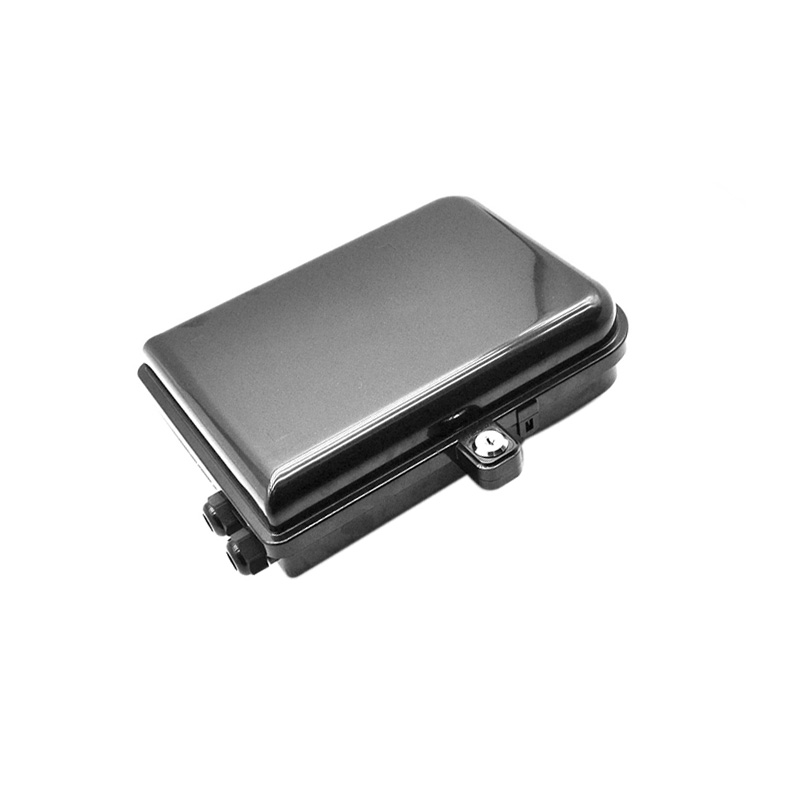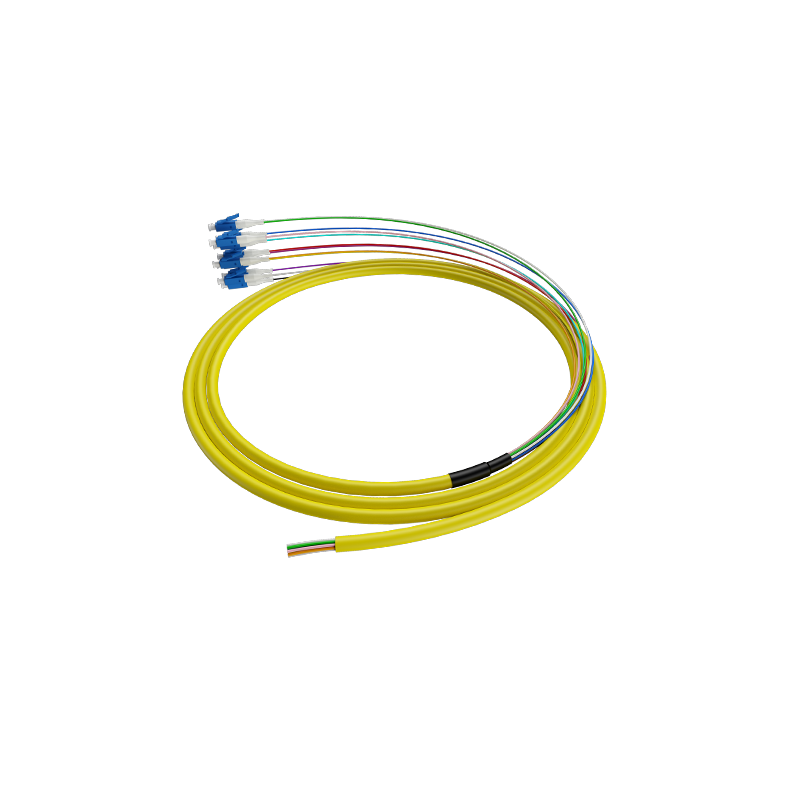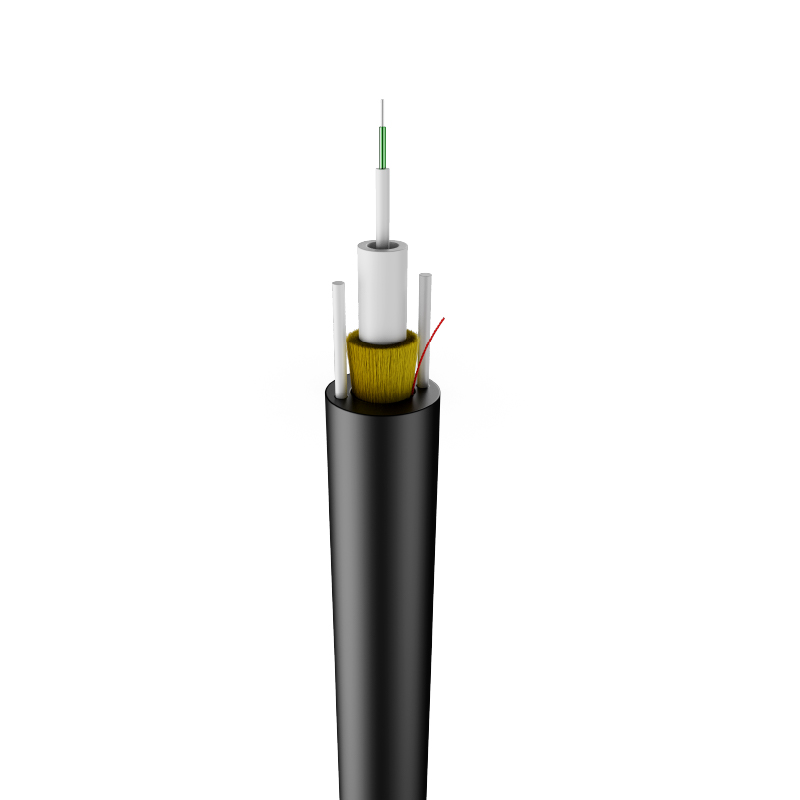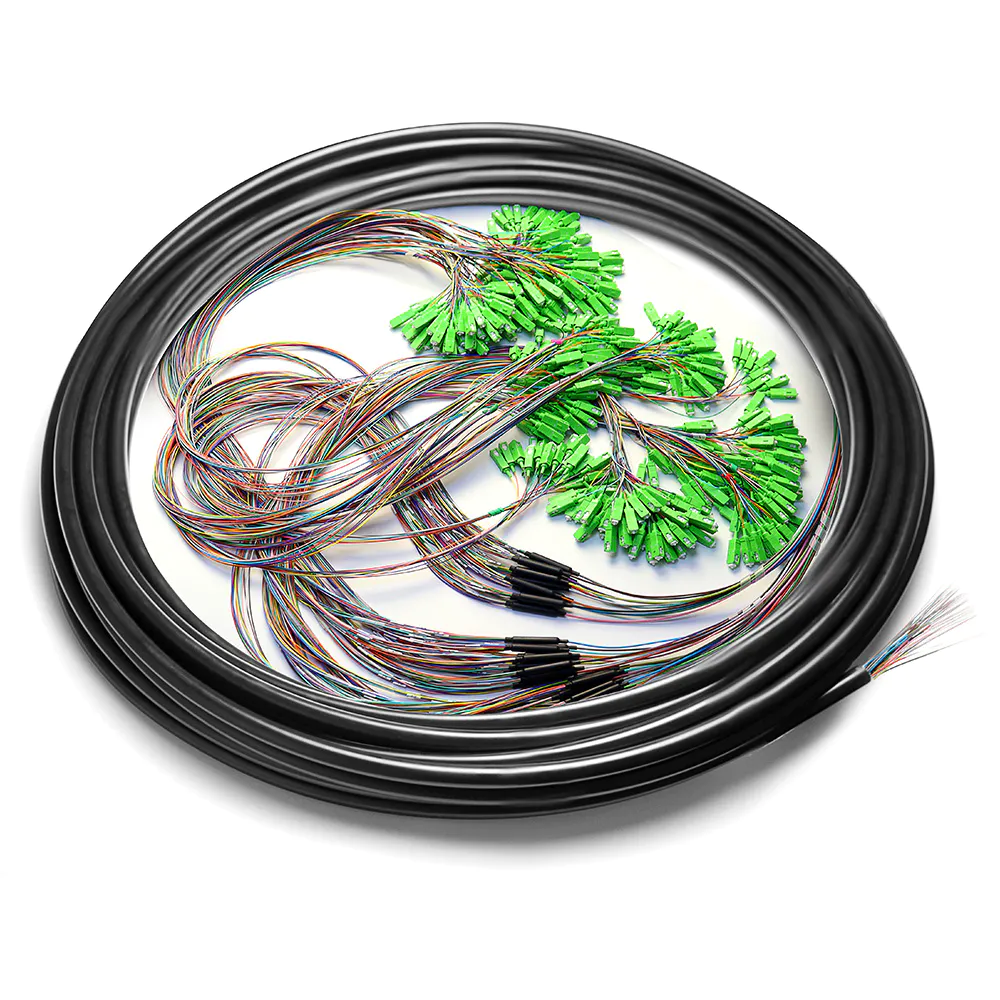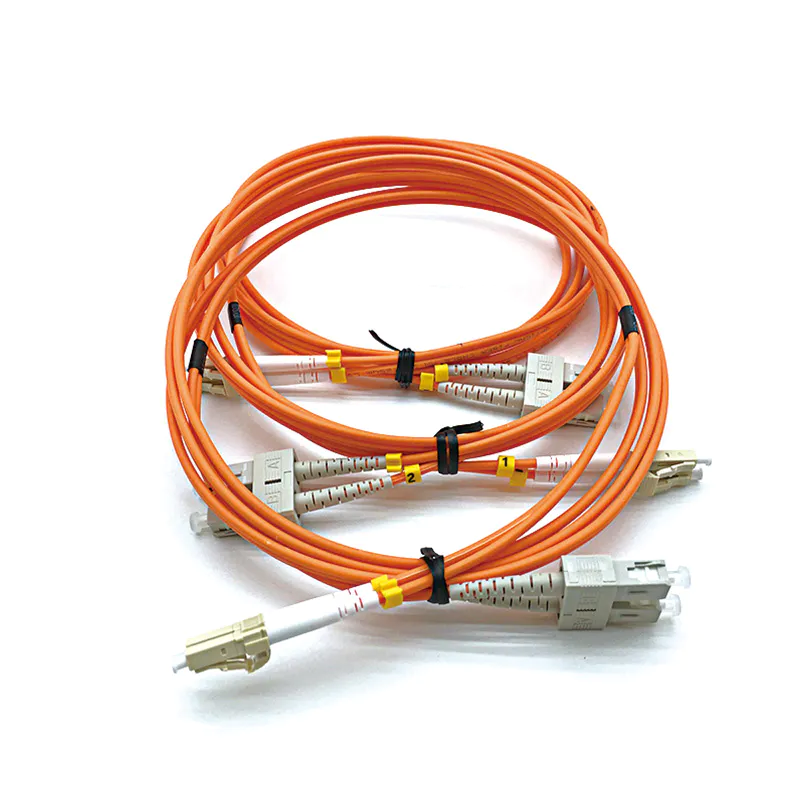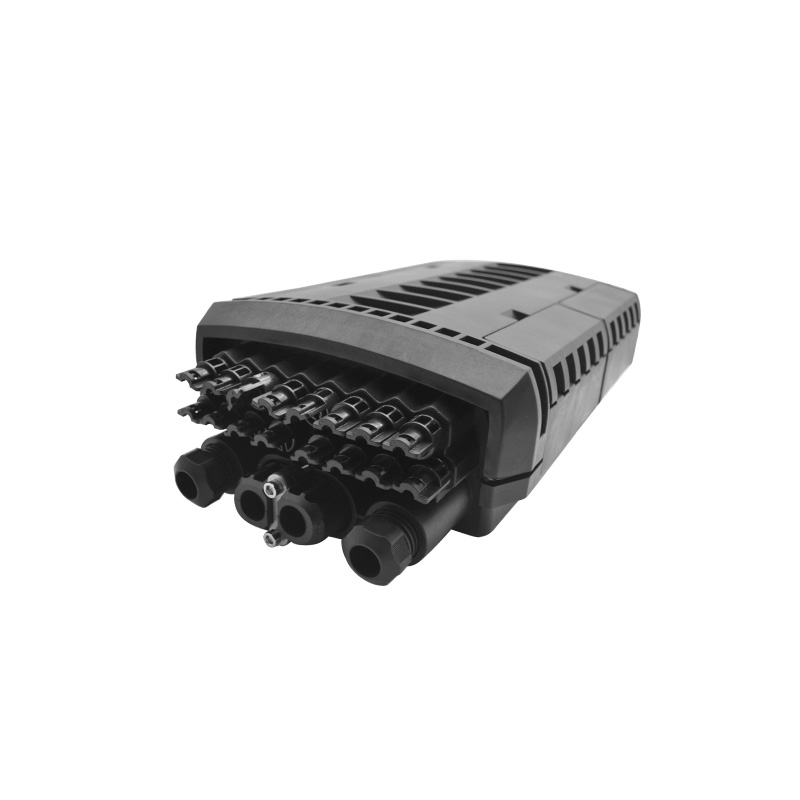What Is Optical Fiber? Understanding the Backbone of Modern Communication
Date: 2024-08-22
Introduction
In our increasingly interconnected world, the demand for fast, reliable communication networks has never been higher. Behind the seamless streaming of videos, instant messaging, and global voice calls lies a technology that has revolutionized how we transmit information: optical fiber. This slender, hair-thin strand of glass or plastic has become the backbone of modern telecommunications, enabling the high-speed transmission of data over vast distances. But what exactly is optical fiber, and how does it work? This article aims to delve into the science, structure, and applications of optical fiber, shedding light on why it has become so essential in our daily lives.
The Basics of Optical Fiber
At its core, optical fiber is a type of waveguide, a structure that guides light from one point to another. Unlike traditional electrical cables that carry electrical signals, optical fibers carry information in the form of light. This light is typically produced by lasers or light-emitting diodes (LEDs) and can travel through the fiber with minimal loss of signal strength, even over long distances.
An optical fiber consists of three main components:
- Core: The core is the innermost part of the fiber, where the light is transmitted. It is typically made of pure silica glass, although some fibers use plastic cores. The diameter of the core varies depending on the type of fiber, but it is usually between 8 to 10 micrometers for single-mode fibers and 50 to 62.5 micrometers for multi-mode fibers.
- Cladding: Surrounding the core is the cladding, a layer made of a material with a lower refractive index than the core. This difference in refractive index is crucial for the fiber's operation, as it causes the light to be confined within the core through a phenomenon known as total internal reflection. Essentially, when light traveling through the core hits the interface with the cladding, it is reflected back into the core, allowing it to travel long distances with minimal loss.
- Coating: The outermost layer of the optical fiber is the coating, which is typically made of a polymer material. The coating provides mechanical protection to the fiber, shielding it from environmental factors such as moisture, abrasion, and physical stress. It also helps prevent the fiber from bending too sharply, which could cause the light to escape the core.
Types of Optical Fiber
There are two main types of optical fibers, each with distinct characteristics and applications: single-mode fiber and multi-mode fiber.
- Single-Mode Fiber (SMF): Single-mode fibers have a small core diameter, typically around 8 to 10 micrometers. Because of this small core size, only one mode of light can propagate through the fiber. This minimizes the dispersion (spreading out) of the light signal, allowing it to travel over longer distances with higher bandwidth and lower attenuation. Single-mode fibers are commonly used in long-distance communication networks, such as those used by internet service providers and telecommunications companies.
- Multi-Mode Fiber (MMF): Multi-mode fibers have a larger core diameter, usually between 50 to 62.5 micrometers. This allows multiple modes (paths) of light to travel through the fiber simultaneously. However, the different modes can arrive at the destination at slightly different times, causing modal dispersion, which limits the distance and bandwidth of multi-mode fibers. Despite this limitation, multi-mode fibers are widely used in short-distance applications, such as within data centers and local area networks (LANs), where high bandwidth over shorter distances is required.
How Optical Fiber Works
The operation of optical fiber is based on the principle of total internal reflection. When light is introduced into the core of the fiber, it travels through the core by bouncing off the walls of the cladding. As long as the angle at which the light hits the interface between the core and cladding is greater than the critical angle (a specific angle determined by the refractive indices of the core and cladding), the light is reflected back into the core rather than refracting out into the cladding. This process repeats along the entire length of the fiber, allowing the light to be transmitted over long distances with minimal loss.
One of the key advantages of optical fiber over traditional copper cables is its ability to carry large amounts of data at extremely high speeds. This is because light waves have much higher frequencies than the electrical signals used in copper wires, allowing more data to be transmitted in the same amount of time. Additionally, optical fibers are immune to electromagnetic interference, which can disrupt the transmission of electrical signals in copper cables. This makes optical fiber an ideal choice for environments with high levels of electromagnetic noise, such as industrial settings or areas near power lines.
Applications of Optical Fiber
Optical fiber has a wide range of applications across various industries, thanks to its unique properties of high bandwidth, low attenuation, and resistance to electromagnetic interference. Some of the most common applications include:
- Telecommunications: Perhaps the most well-known application of optical fiber is in telecommunications. Optical fibers are used to transmit voice, video, and data over long distances, forming the backbone of the global internet infrastructure. The high bandwidth and low latency of optical fiber networks make them ideal for supporting the increasing demand for high-speed internet, video conferencing, and streaming services.
- Medical: In the medical field, optical fibers are used in a variety of applications, including endoscopy, where they allow doctors to view inside a patient's body with minimal invasiveness. Optical fibers are also used in laser surgery and phototherapy, where they can deliver precise amounts of light to targeted areas of the body.
- Military and Aerospace: Optical fibers are widely used in military and aerospace applications due to their resistance to electromagnetic interference and ability to transmit data securely. They are used in communication systems, sensor networks, and guidance systems, among other applications.
- Industrial: In industrial settings, optical fibers are used for monitoring and controlling processes in harsh environments. For example, they are used in distributed temperature sensing (DTS) systems to monitor temperature changes along the length of a fiber, which can be useful in detecting leaks in pipelines or monitoring the condition of electrical cables.
- Broadcasting: Optical fibers are used in the broadcasting industry to transmit high-definition video and audio signals over long distances with minimal loss of quality. This is especially important in live broadcasting, where the ability to transmit high-quality signals in real-time is crucial.
Conclusion
Optical fiber has fundamentally changed the way we communicate, enabling the rapid and reliable transmission of information across the globe. Its unique properties of high bandwidth, low attenuation, and resistance to electromagnetic interference make it an ideal choice for a wide range of applications, from telecommunications to medical devices and beyond. As technology continues to advance, optical fiber will remain at the forefront of our communication networks, helping to connect the world in ways we can only begin to imagine.

